Spotlight on Jessica Phelps
Jul 14, 2015
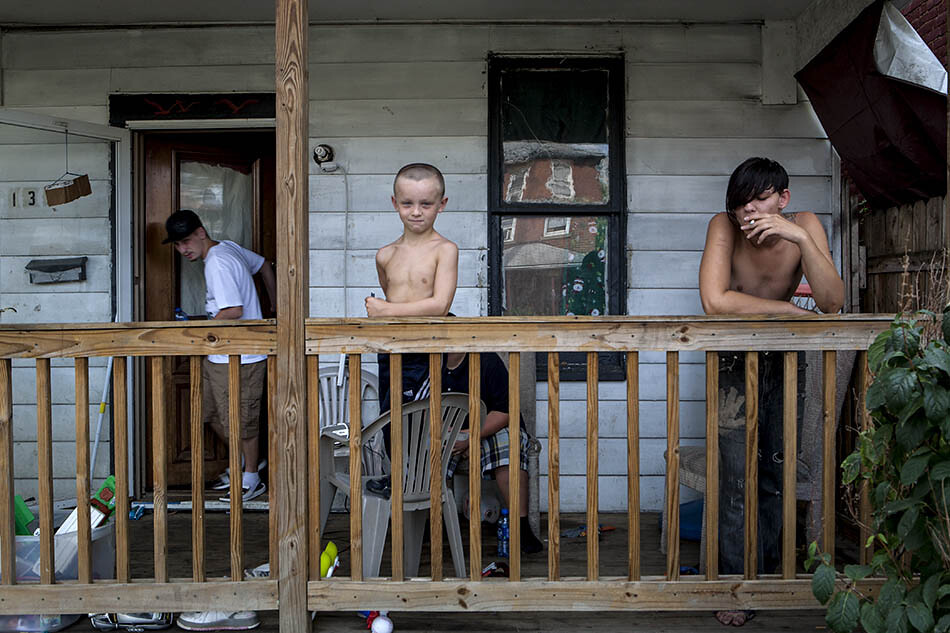
TID:
Thanks for being open to this Jessica, can you tell us a little of the backstory to the image?
JESSICA:
This image was one of the first I made for this project, Rising Up From the Bottoms. I was driving in my car on the eastern side of Franklinton when I saw some young kids on their porch smoking. They agreed to let me take their picture, so I shot off a few frames. They all dispersed before I could get their story, but over time I have pieced together bits. The family who lived in that house no longer lives there. The house was foreclosed on, sold and re-bought and refurbished a year later. Apparently the kids were Hell-raisers. They were one of the few families left in the Eastern half of the neighborhood—most residents live further west away from the warehouses. The Eastern part of Franklinton is considered poorer because of this. As warehouses have turned into artist studios, restaurants and local breweries, the number of residents has decreased, but the atmosphere on the streets had improved. Instead of the abandoned feeling was looming there is now vibrancy and life. The streets are safer then they were before. But many have had to leave being forced out to make room for progress.
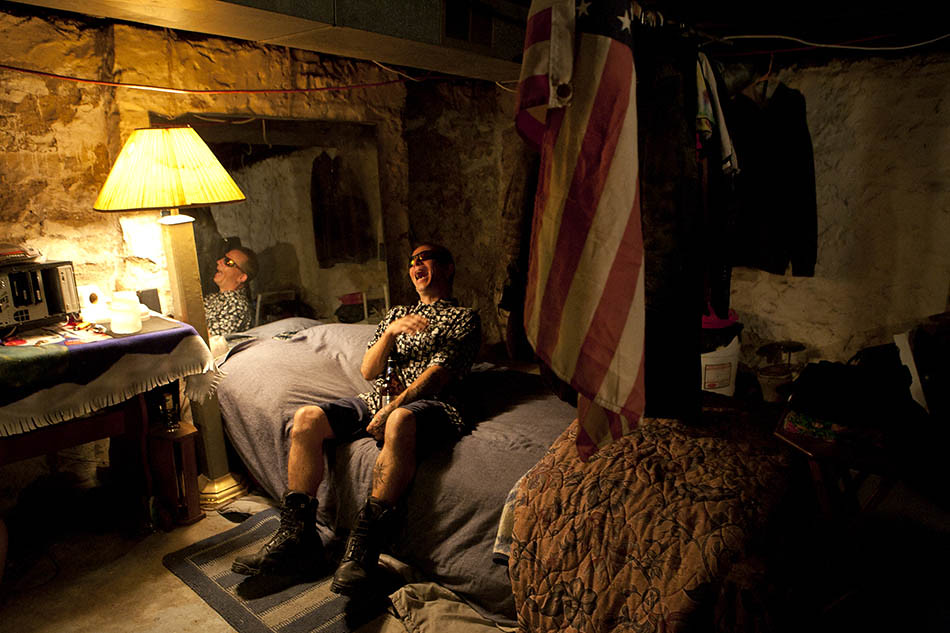
TID:
This is part of a larger project, can you set the stage and tell us more?
JESSICA:
Let me begin by saying that it was the rich history of Franklinton that first enticed me to photograph, and the the uneasy mix of people who coexist there kept me there. There is rawness to life in Franklinton, which is infamously known as the “Bottoms.” The streets are littered with abandoned houses marked by signs warning off trespassers, yet advertising their vacancy for a transient population who use this neglected space to get high or make money for their next fix. Yards are overgrown, and windows are shattered from years of neglect. Sex workers and homeless wander the streets while traveling to soup kitchens, and churches that offer food and free salvation. The residents of the Bottoms have a loyalty to the place, finding their identity in these streets, and with it a tenacity to survive. Men and women have long known how to work in an underground system to earn money using skill sets that won’t always merit them a job in mainstream society, but that allow them to get by living within an informal economy unique to Franklinton.
Despite the struggles that exist here, a reformative energy is driven by groups of newcomers and residents whose families have lived in the neighborhood for generations. These newcomers are working on grassroots initiatives to make positive social change within Franklinton by combating problems of food insecurity, creating a safe haven for children, promoting jobs and transportation and offering social services and medical care to those who need it.
TID:
What sort of planning did you do in preparation for this project?
JESSICA:
I was living in Costa Rica when I first thought about the project. I knew I would be returning to Ohio soon, and I wanted a project to work on during the few months I thought I would be home. I vaguely remembered a friend of mine talking to me about this historic, but rundown, neighborhood he had become involved in by rehabbing old houses and employing homeless from the area. I got in touch with him and he filled me in on a few details. I did some research on my own from San Jose, and made plans to meet him as soon as I got home.
Within in a week of being home I was taken for a tour of Franklinton. I fell in love immediately with the rough energy there. People were out on the streets walking, children were running around playing, we stopped and talked with people on their front porches. Everyone was open and friendly without pretense. It reminded me of Central America and so I felt at home. That night my friend introduced me to Mikey, a homeless guy who was doing work on one of his houses in exchange for a place to sleep. Mikey and I hit it off and he became my guide through the neighborhood to some of the more dangerous corners where the homeless lived, sex workers took their clients, and addicts bought their drugs. And from there I just jumped right in. What I thought would be a project lasting for a couple months is still going on three years later. Instead of returning to Costa Rica as I had planned, I moved into Franklinton and became involved with some of the nonprofits operating there. I got to know people living there, people working to revitalize it, and overtime, have been able to document the changes occurring there.
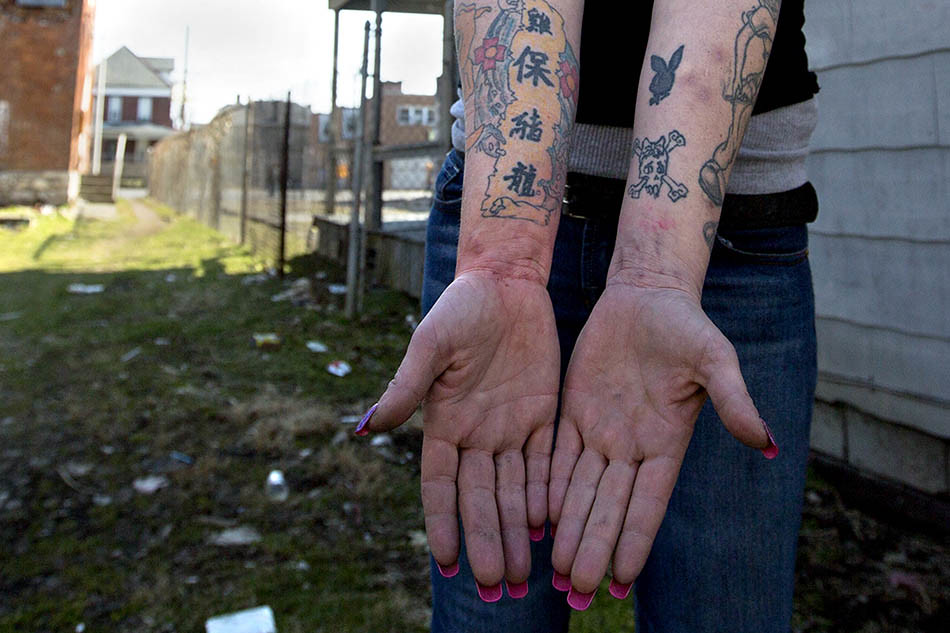
TID:
How does moving to the region and living there impact and assist your ability to document, versus if you were to visit and document?
JESSICA:
Before I moved to Franklinton I was driving 45 minutes one way to get there. I always felt separate from the community, I knew some people a little, but had not built up intimacy that is usually so natural for me. Moving into a house in the neighborhood allowed me so much more freedom. I was there all the time. I had neighbors whose stories I began to see unfold. People in Franklinton opened up once I could say "yeah I live on Rich Street". I began to feel more comfortable going walking around with my camera and talking to people about what I was doing, and they trusted me more because I was not an outsider. Because of all the changes happening in the area, residents have become skeptical of those who do not live there. I was able to become more involved in every aspect of life and gain peoples trust because I was visible and present all the time.
TID:
What problems, if any, did you have and how did you overcome them?
JESSICA:
The biggest problem I had with this project was staying focused and sticking to one story line. There is so much happening in Franklinton and I wanted to tell every story from every angle. After sitting down and editing with friends I realized I could tell a better, stronger story if I stuck to one angle. I’m still struggling with this as I continue to shoot and I have to keep re-assessing, pull the reins back, and cut images.
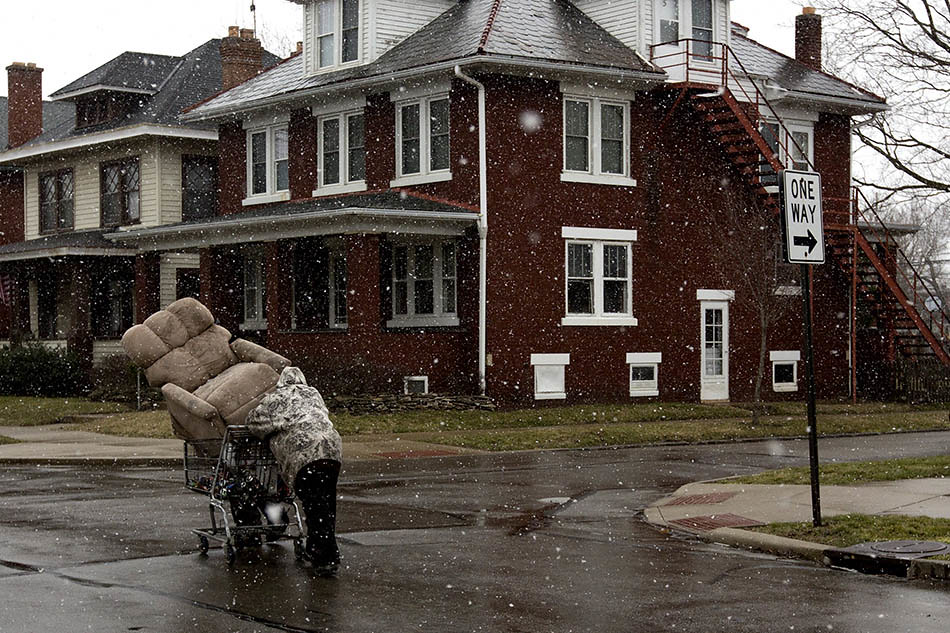
TID:
Your bio says that you were a professional vagabond for awhile. What does that mean and how does it impact your work/life?
JESSICA:
All my life all I have wanted to do is travel and take pictures, but for a while, I was very unsure of how to combine the two. After graduating from art school I took off to Italy to work as a goat herder in the Italian Alps. Looking back, I know I was running from life, but it was the best decision I could have made. It taught me to be independent and resourceful.
While working in Italy, I took a side trip to Albania and that changed everything. It was there that I witnessed the rampant discrimination and racism between the countries, and I found my calling as a photojournalist. After deciding to come back to Ohio, I felt lost again, so I took off to California, because why not? After a few chance encounters in San Diego, my travels eventually took me down to Santiago, Chile, where I began volunteering at a community center. I started taking pictures for the center and slowly started documenting life in marginalized communities. After Chile, I stayed Latin America and went to Costa Rica and traveled back and forth to Nicaragua for a personal photo project and for a newspaper I was working for at the time.
With all this time away I learned how to communicate through language barriers and cultural barriers, which has helped me get close to people while photographing them. I have become a more open and accepting person, and much more patient with people being late.
TID:
Can you talk about fear and how you work to overcome it?
JESSICA:
I am always battling my fear, but I decided a long time ago if something scared me I was going to do it because I do not like the idea of regret. And I never wanted to regret not making an image. So I have an art background, so the first time I had to photograph people on the street was when I was working for a newspaper in Costa Rica. I was terrified, but it was now my job so I snapped away. Once I realized most people did not mind so much I began to relax and started to move in closer. Storytelling was always the direction I wanted my photography to go, and to me that was the most intimidating part of photography. A protest was one thing, but how do I enter someone's life and shoot? I was lucky and met a great woman named Laura who opened up her life in the slums of Costa Rica to me. And so I started documenting. I learned as I shot, and the fear started to dissipate.
When I moved back to Ohio and started working on this project the fear returned. Franklinton was a notoriously bad neighborhood. There were NO Trespassing signs and Beware of Dog signs everywhere. I was not working for anyone but myself. I was an outsider. Who was I to come in and tell their collective story? But slowly as I met more an more people and explained what it was I was doing the fear began to leave.
I guess for me the way I dealt with it was by acknowledging it was there, but not letting it control me. I would take a deep breath, smile and begin a conversation.
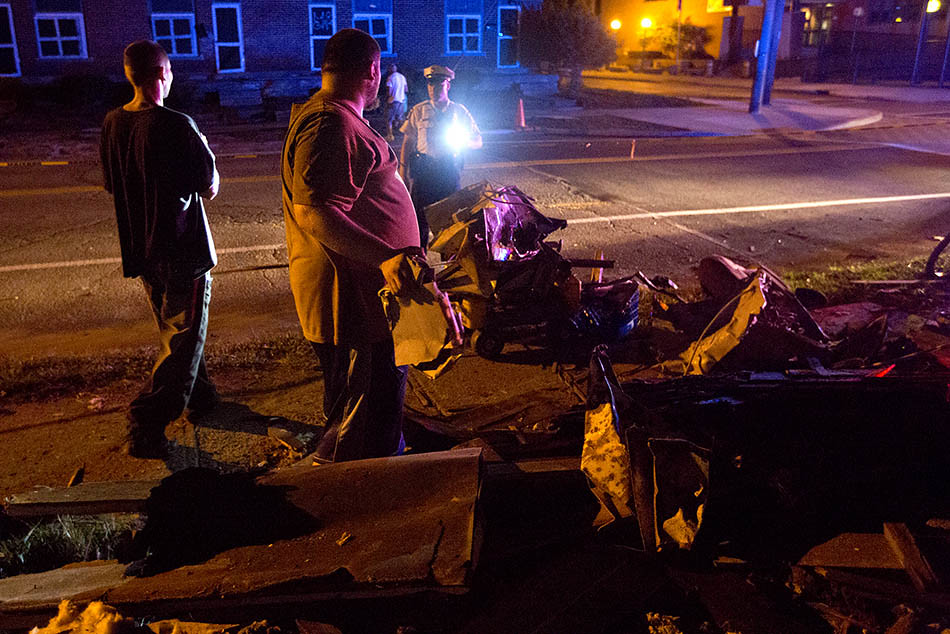
TID:
How has this project impacted you as a person?
JESSICA:
Wow. That is a tough question. This project has had a huge impact on my life. It became the reason I stayed in Ohio and began to put down roots. After moving into Franklinton I really began to feel part of the community. My friends lived and worked in Franklinton. After I got home from working at the Newspaper, I would be out shooting or talking with people or working with my friends at various non-profits. I got so involved I actually had to stop shooting for a period to distance myself so I could regain clarity. Now, with time, I feel I have a much healthier balance with this project and have learned how to balance work and projects with a personal life.
TID:
What do you hope to achieve with this work?
JESSICA:
I am hoping to show that while many positive things happen as a rundown and neglected neighborhood is revitalized, it can also do harm. People can become more marginalized and pushed further off from society. I also want people to know we have more in common than not, that poverty presents challenges many people don't fully understand, but those living in poverty have hopes and dreams and needs just like the rest of us.

TID:
Now, onto the moment. Please walk us through how you photographed the moment and what was going on in your mind in how you created the image.
JESSICA:
I had just begun working on this project. I knew a little of what I wanted to accomplish, but did not know how deeply involved I would become. This was an image that happened by chance. I was leaving an annual event called Urban Scrawl that brings artists into the neighborhood for a day to promote Franklinton as an up-and-coming arts district. As I was driving, I looked over to my left and saw these young kids standing on the front porch smoking. After a second of hesitation, I pulled my car over, walked up to them and asked if I could photograph them. They agreed. At the time I was still very new to the neighborhood and shy about photographing people, so for me this image felt like a huge accomplishment because I overcame that fear.
TID:
In conclusion, what advice do you have for photographers wanting to do this type of work?
JESSICA:
What I tell photographers who are wanting to begin work on any long-term project is to find something that interests them and can keep their attention for an extended period of time. Or, to find something that they want to learn more about. It’s really important to go in as a person first and photographer second, to really listen to your subjects, hear their stories and understand where they are coming from before beginning to make photographs.
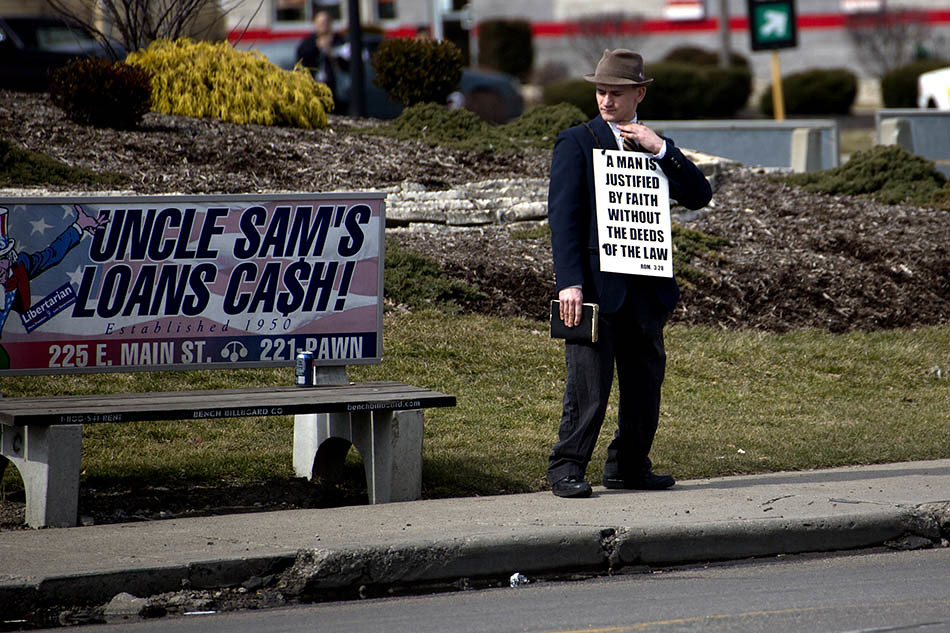
:::BIO:::
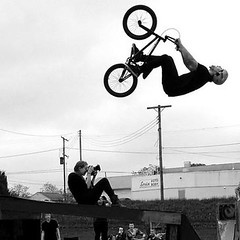
Until two years ago, Jessica describes herself as a professional vagabond — passing time in the Italian Alps on a goat farm, hanging with kids in Chile, and crossing borders from Costa Rica to Nicaragua. During those years, she was constantly meeting people, traveling, finding unseen moments and seeking adventure. Now she is home in central Ohio, where she’s happily working for a daily newspaper, shooting different assignments every day and exploring the depth of local photojournalism through long term projects.
You can see more of her work here: